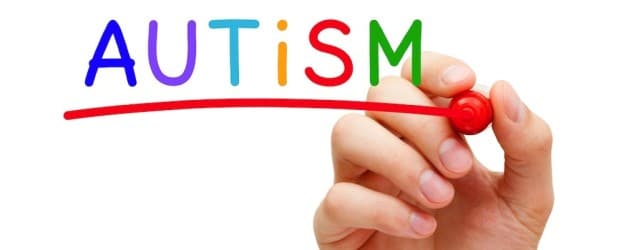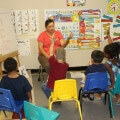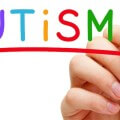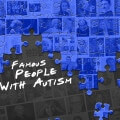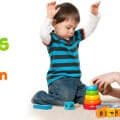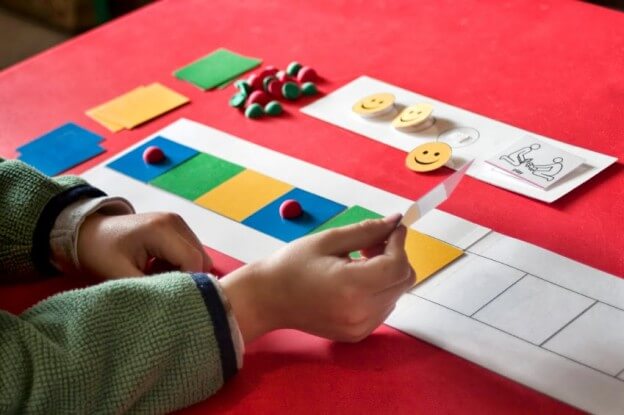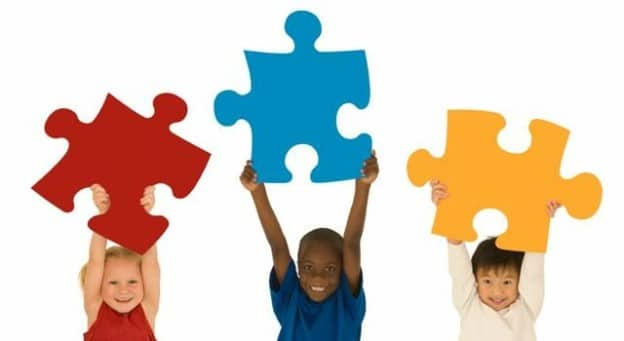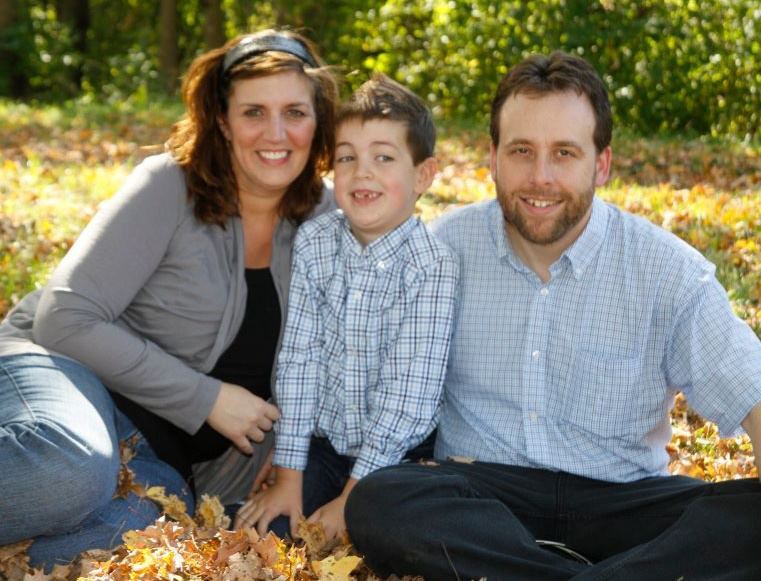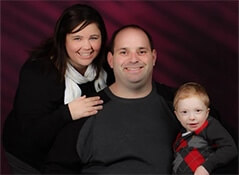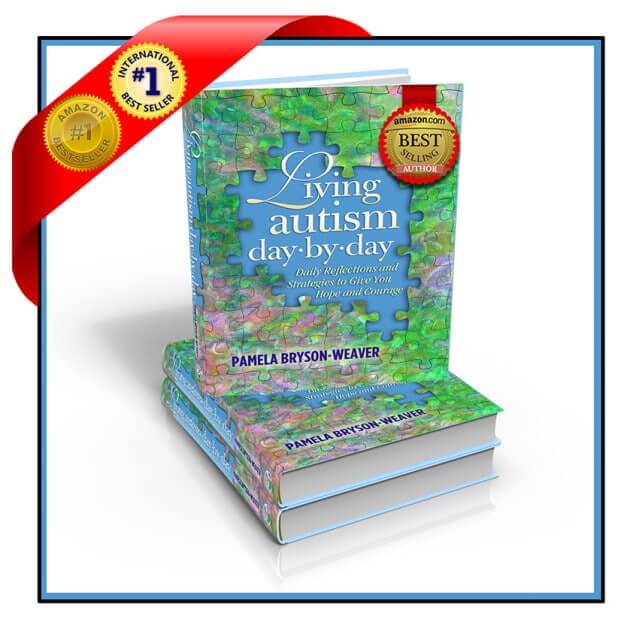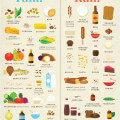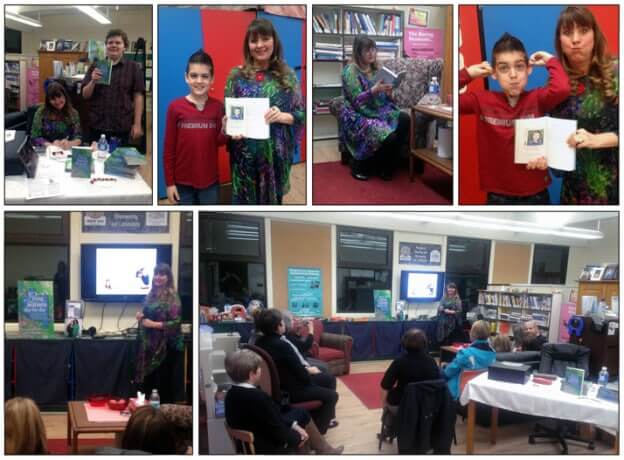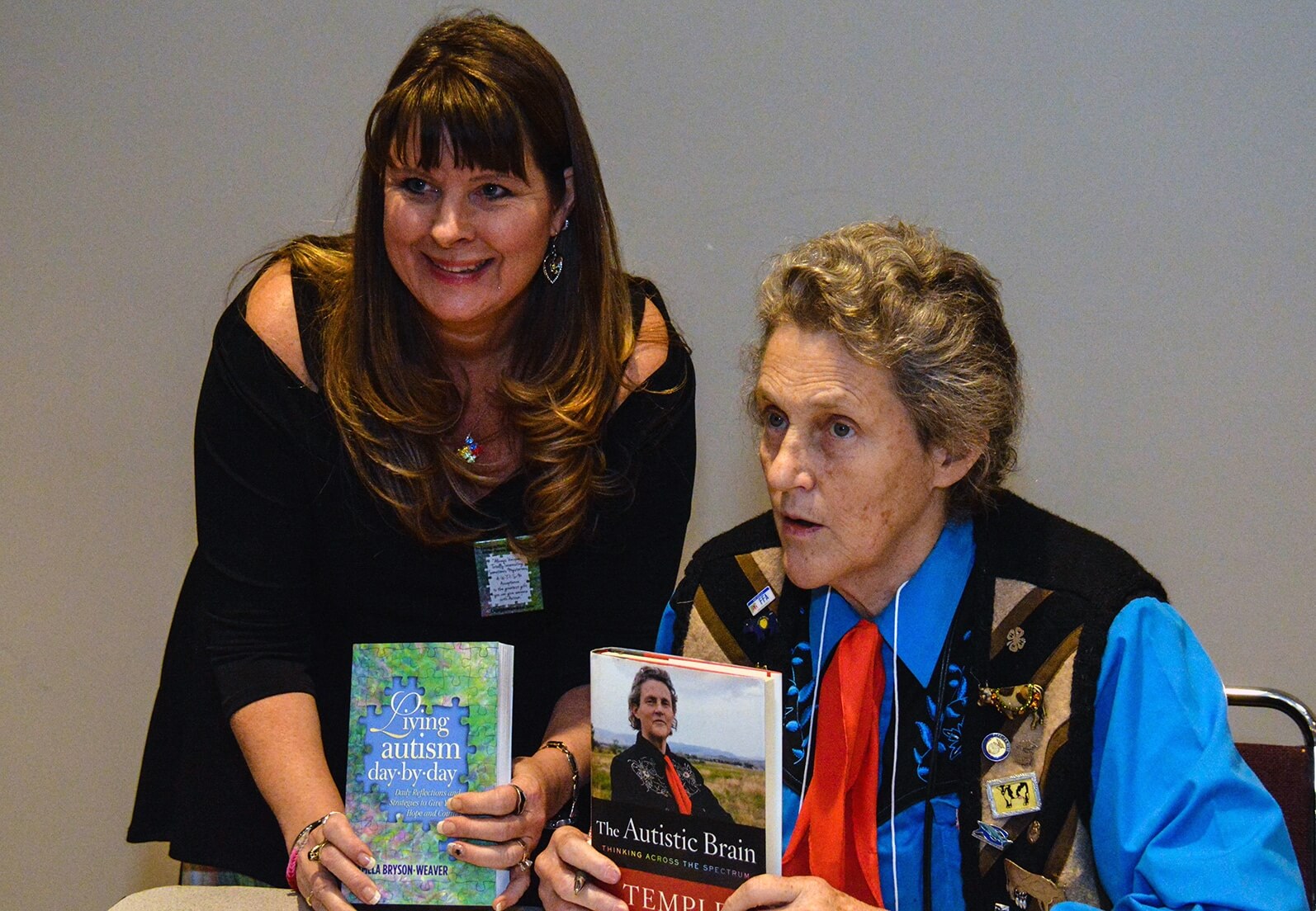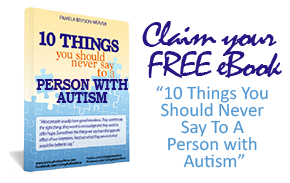Autism is a wide spectrum of disorders that overlap among each other yet, has distinct characteristics making each case unique even among siblings. Collectively, they are called Autism Spectrum Disorders (ASD). Any of these disorders can affect both children and adults. Currently, it has NO known cures. They are also genetic in nature. According to recent data from CDC, this developmental disorder affects 1 out of every 68 children in the US alone. Though it is known to affect more boys than girls, grouping together a child’s symptoms can be tough. To understand ASD better, here are some basic markers to consider:
Autistic Disorder
Simply referred to as “autism,” it is also recently being described as “mind-blindness” or the lack of Theory of Mind creating major barriers in communication and socialization. This collection of neurological and developmental disorders is usually diagnosed in the first 3 years of life. A child with autistic disorder engages in repetitive behaviors, appears to have a world of his own, shows little or no interest in others, and has obvious lack of social awareness. A child with autism is often focused on consistent routine with interest transfixed in repetitively odd or peculiar behavior. Almost always, children with autism have communication issues, avoid direct eye contact, and manifests limited attachment to others.
Regressive Autism Spectrum Disorder
Regressive ASD is sometimes referred to as autistic regression or autism with regression, or acquired autistic syndrome and setback-type autism. It usually occurs when a seemingly normal child starts to lose speech and social skills from 15-30 months of age. Amid researches and studies done over the years, however, there is still no definite distinction between autism with- and without regression. Some believe that this type of autism is just an early-onset autism diagnosed at a later date. Some features early delays while others are diagnosed after later losses. This is believed to affect approximately 20-30% of children in the spectrum.
Pervasive Developmental Disorder – Not Otherwise Specified (PDD-NOS)
Called PDD-NOS or atypical personality development, this type of autism refers to the “sub-threshold” condition wherein some, but not all, features of ASD or other explicitly identified PDD are identified in a child. PDD-NOS is a diagnosis which covers cases marking impairment of communication, social interaction, stereotyped behavioral patterns and interest—but does not include autism’s full features or explicitly defined pervasive personality disorder/PDD. Take note that most of those in PDD-NOS have less impaired social skills than those in “classical” autism.
Asperger’s Syndrome
Also known simply as Asperger’s or Asperger Disorder, this ASD is usually diagnosed between the ages 2-6. A child with Asperger’s manifests good verbal skills and good cognitive skills but is rather clumsy, socially awkward, and often engages in odd, repetitive behaviors and interests. This is named after Austrian pediatrician, Hans Asperger, who conducted a study on a group of children in 1944.
Childhood Disintegrative Disorder
Known as Heller’s syndrome or disintegrative psychosis, this type of ASD is very rare. Children with seemingly normal development suddenly lose motor, social, and language skills around the ages 2 to 4. This severe regression usually presents a dramatic loss of skills and can develop later than autism does.
Rett Syndrome
Coined after Dr. Andreas Rett’s study, Rett’s Syndrome or Rett’s Disorder is a condition that used to be called cerebroatrophic hyperammonemia. This is an extreme form of ASD characterized by zero verbal skills with 50% not being able to walk. Most of those who have Rett’s have small hands and feet, with notable deceleration of head growth, repetitive stereotypical hand movements, and some 80% experience seizures. Scoliosis, growth failure, and other gastrointestinal disorders are also common for children with Rett’s Syndrome. Almost all of the cases reported under this spectrum occur in girls, but studies reveal that this can also affect boys.
As more and more research is being conducted on Autism Spectrum Disorders, we can only surmise that more type of autism will come out soon. Geneticists recently pointed out that the right term to be used is “autisms”(plural) rather than “autism” due to the variety of genetic forms the developmental disorder represents.
When diagnosing Autism, parents should seek professional diagnoses from specially trained professional, including pediatricians, psychologists, and others. List can be found at http://livingautismnow.com/directory/ for Canada, http://www.autism.org.uk/directory.aspx for the UK, and http://www.autism-society.org/ for the US.
Pamela Bryson-Weaver is the author of Living Autism Day by Day: Daily Reflections and Strategies to Give You Hope and Courage, a #1 bestseller on amazon.com. A staunch advocate for autism, she is also the mind behind the powerful website—www.livingautismnow.com—an online portal for parents, caregivers, individuals with ASD, service providers, and experts to interact with each other, to raise awareness, and locate the best possible services for them. Bryson-Weaver is uniquely qualified to speak on autism as she is the past president of the Autism Society in New Brunswick, and has promoted a resolution on autism that was presented locally, provincially and nationally, and was passed nationally in Canada 2004. To date, all children diagnosed with Autism Spectrum Disorder in her province receive S20k per year for treatment. Married with 3 children, the main driving force in this advocacy is her youngest son, John, who has autism.
Sources:
Children’s Hospital of Wisconsin
WebMD
Livestrong
Yale School of Medicine
